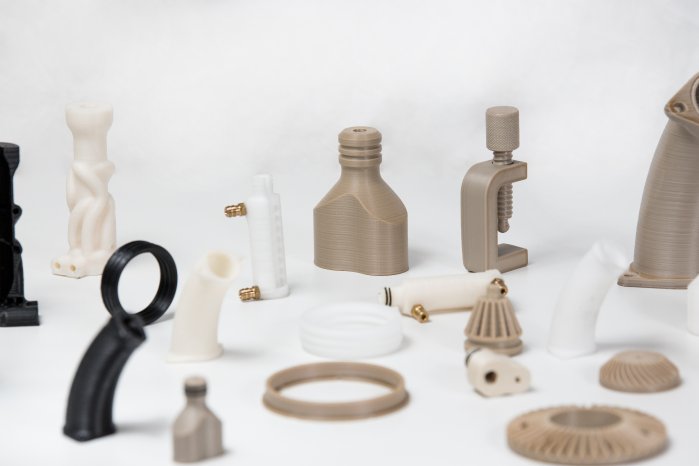Resolution in 3D printers
In the field of 3D printing, resolution (instrumental) refers to the least possible print-head displacement that can be produced within a 3-dimenional volume (often defined after a Cartesian coordinate system in x, y, z) in the build-envelop of the printer. This displacement is physically defined by the drive motors of the 3D printer. It follows then that the amount of force (rotational or linear) needed to produce an instrumentally perceivable displacement by the print-head also contributes to defining the resolution of the 3D printer. Therefore an ability of the print-head to precisely travel from one location to another within the build-envelop is what characterises the resolution of the printer. Whilst this attribute is without a doubt of great importance for fabricated part dimensional accuracy and reproducibility, it is not the sole definitive entity for part dimensional precision.
Part dimensional accuracy and reproducibility
The dimensional accuracy of the 3D printed part is the outcome of a convolution of the 3D printer resolution, on the one-hand, and the functional tool edge radius (nozzle diameter or beam spot size) together with the rheology of the material being processed, on the other hand. An ability of the entire 3D printer system to deliver on this dimensional accuracy (even when erroneous in absolute terms) in a repeated fashion is the reproducibility. When the part dimensional accuracy is compared to the design based dimensional specification for the 3D printed part then the relative tolerance for the fabricated part can be defined.
Conclusion
Clearly a 3D printer machine exhibiting a high spatial resolution does not necessarily fabricate printed parts which have either high dimensional accuracies or high print quality reproducibility. Most 3D printers have motors which can exhibit an instrumental resolution of about 1 µm – 5 µm however the finest structural detail which can be created on fabricated parts by such machines are at least 2 orders of a magnitude (102) higher than the instrumental resolution. For the 3D printing of high temperature thermoplastic polymers in which the solid state material is thermally brought to a flow regime then solidified through a thermal gradient, the interplay between cooling rate and material flow behaviour needs to be fully moderated in order to create parts which have appreciably high dimensional accuracies.
At Apium, issues of instrumental resolution, dimensional accuracy and reproducibility are well understood. For further information about Apium`s 3D printers, please contact us.


